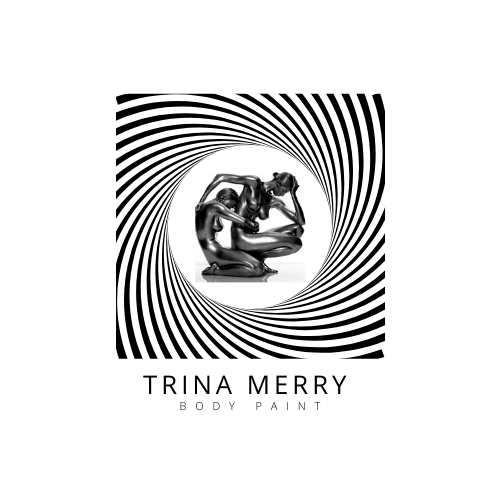Harper’s Bazar Bodypaint
“For most of history, anonymous was a woman.” The famous line—a paraphrase of a Virginia Woolf quote from A Room of One’s Own that alludes to the long legacy of unrecognized female contributions to society—has, over the years, resonated deeply with countless women, especially those active in the feminist community. So when artist Meredith Bergmann presented a three-foot-tall anthropomorphic mouse for a group exhibition in New York’s Central Park in 1989, and casually used the pronoun “he” when referring to her Monument to Anonymous, it really pissed some people off.
“I remember getting all these letters asking about the gender of ‘Anonymous’ and why my mouse wasn’t a woman,” she recalls. Never mind that the sculpture was part of an exhibition called “Noah’s Art.” Women were mad—and who could blame them? Of the 23 statues depicting historical figures in the park today, none of them represents a woman. “The absence of female statues has been a public issue for a long time,” says Bergmann, who also sculpted the 2003 Boston Women’s Memorial. “I remember my feminist art groups griping about this back in 1975!”
In 2015, the rumblings reached a triumphant crescendo when a nonprofit group led by Pam Elam and Coline Jenkins, a great-great granddaughter of suffragist Elizabeth Cady Stanton, was granted permission to erect the first statue depicting real women in Central Park. The monument, which will honor Stanton and fellow suffragist Susan B. Anthony, will be unveiled in August 2020, timed to the 100th anniversary of the ratification of the 19th Amendment, which granted women the right to vote nationwide. Bergmann, who beat out 90 other artists for the commission this past July, has already created a small model, which was on display at the New-York Historical Society this summer.
“These female leaders managed to change the world at a time when a woman’s power outside of the home was so limited,” Bergmann says. “And these statues—with their weight, beauty, and permanence—will introduce them to some of the 42 million annual visitors to Central Park who don’t know their stories.” That enthusiasm is shared by New York Deputy Mayor Alicia Glen, who, along with the city’s first lady, Chirlane McCray, launched a campaign (“She Built NYC”) earlier this year to erect more statues of women in New York. Over the summer, nearly 2,000 New Yorkers submitted online nominations. Glen says that the city will announce the leading eight to 12 candidates this fall, and will pick the first statue to be commissioned before the end of the year. (Her choice? Former U.S. Representative Bella Abzug, whose first campaign slogan was, “This woman’s place is in the House…the House of Representatives!”)
Glen, who also spearheaded the female-empowerment initiative Women.nyc, says that the absence of female statues in the city reflects the patriarchy that has historically controlled the creation of public monuments. “I don’t think 50 years ago the people in charge were thinking, ‘Let’s only have men,’” says Glen. “I don’t think they even asked themselves those questions. The people who ran the City of New York for centuries did not get up each morning and think, ‘How can I make this city a better, more supportive place for women?’” The current social and political landscape—with the uproar over #MeToo and more women running for public office than ever before—presents an exciting crossroad, she says. “We’re at a moment in time when we can either continue to perpetuate the myth that women do not contribute equally to society, or we can consciously create a public realm that inspires young girls to dream big and change the world.” Sweet dreams, indeed.




